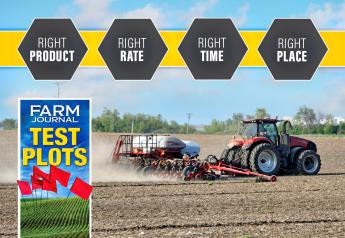Plenish Soybeans Gain Global Regulatory Approval
After years of playing the waiting game, DuPont Pioneer’s Plenish high oleic soybeans finally gain full global regulatory approval. This means farmers can plant more of the product without fear of rejection.
Farmers are growing high oleic soybeans to meet consumer demand for fewer trans-fats, and to help win back the share of the edible-oil market they lost to competitors when trans-fat labeling became mandatory in 2006. Those who plant the high oil crop can gain premiums for the product—around 50¢ per acre.
“Achieving high oleic global regulatory approval enables us to meet end-user needs with a product they want and increase use of U.S. soybean oil,” says Lewis Bainbridge, United Soybean Board (USB) chair.
High oleic soybeans are grown in 13 states and were on more than 625,000 acres in 2017. “High oleic soybeans are expected to become the fourth-largest grain and oilseed crop in the U.S., with a goal of planting 18 million acres,” according to USB.
Make sure the market is available before trying high oleic soybeans since processing plants aren’t in all 50 states. See the map for information about where processors are accepting the crop.







